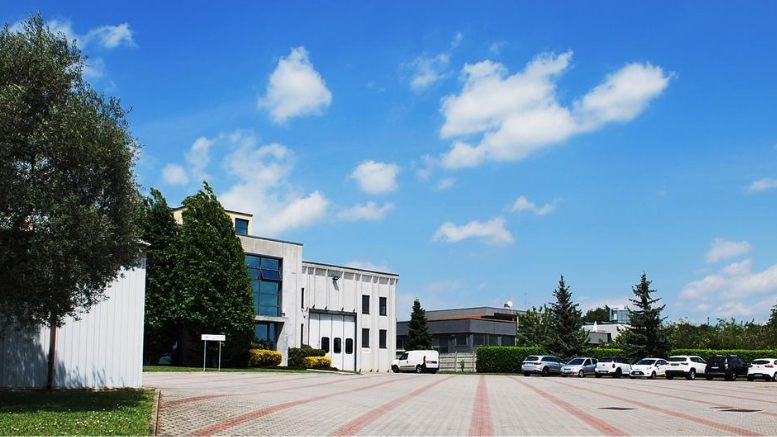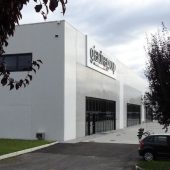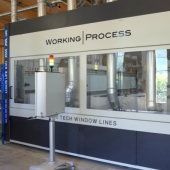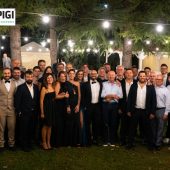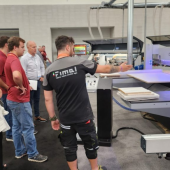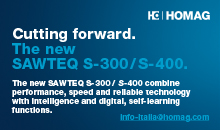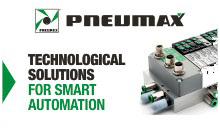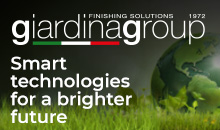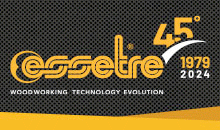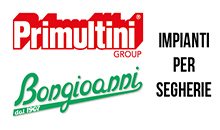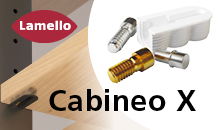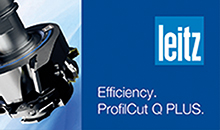In English culture, the concept of legacy goes beyond simple inheritance, it is not limited to material goods, it has a deeper meaning. Not only inheritance, but rather heritage. A transition from generation to generation, handing down not only papers, agreements or contracts, but a philosophy, a way of living and working. “The company Renzo Borgonovo was created by my father”. And now, fifty years since its foundation, it has been driven by Luca Borgonovo for some time. From father to son, to carry on an idea and a vision of the industry.
“My father opened his own business in the Sixties, he repaired machines in the beginning, after working as an employee in another company. Then he created his first machine: a hot-melt embossing machine (model “300 I”), self-financed and manufactured with local resources”. It was an individual piece, but also the start of a strong Italian business, which in 2019 reached 1.5 million euro turnover and employed twelve people in a 4-thousand-square-meter factory, with a clear guideline. “Right now, the wood industry is divided into big companies with huge product portfolios and smaller niche players, specializing in few products and focusing of market segments neglected by industry giants. We have decided to specialize in a very specific segment of the woodworking industry, namely embossing machines.”
This decision, which is bringing great satisfaction to the Brianza-based company, “came by itself”, Borgonovo says. “During an exhibition, a Dutch wood flooring manufacturer, after seeing one of our small machines for frames, requested to have one for floorings and we made it on purpose. Everything started then.” It started “almost by chance”, a successful challenge that took Renzo Borgonovo by surprise. “I must be honest: when we made this machine, we did not expect what would happen. We created it, but we did not really believe in the potential of this product range. Not from a technical point of view, because we were aware of the value of our work, but from a market perspective, related to the trends that existed at that time. And instead, we had to change our mind. The market went into that direction and we can only be satisfied with the results so far.”
Trends were changing, the market moved, the products made by Renzo Borgonovo proved their quality, but the climb presented some obvious troubles in the initial stage of expansion, especially for the corporate image, for a company that was not known until then for that type of operations. “Our wood embossing machines immediately turned out to be excellent products, but it was not easy to approach prospects in that dress. After all, we came from the industry of profile machining, and wood flooring manufacturers did not know who we were, yet, so we had to introduce ourselves, take them directly to the factory and show them the value of what they were going to buy. After seeing the product, they were quickly convinced.”
Embossing machines, the turning point. But which are the benefits compared to “previous” methods?
“One of the embossing methods used a vertical press, with enough power to achieve a very “deep” result. While the result might seem identical to modern wood embossing machines, there were two clear limits. The first one was technical, i.e. such a tool could only handle one format; the second was economic, because a machine like that might cost more than 700 thousand euro, without considering the price of molds. Our embossing machines today cost ten times less and the roller system is very competitive, in terms of costs and processing time. Even working with “Mdf” (“medium density fibreboard”, a very compact wood-based panel made of ultra-thin bonded fiber, editor’s note), which is the most complicated material of all, we can achieve a working speed of one meter per second.”
Where does this cost and time benefit come from?
“The roller surely offers huge benefits, it works faster and the costs are lower. A machine with two or three rollers costs between 80 and 90 thousand euro. Much less than vertical presses. You also have to consider the strength of our machines, which will not suffer even under huge stress and intensive usage. We might say that a roller is forever”.
Let’s get into the operating details of these machines…
“Our embossing machines are equipped with rollers covered with customizable patterns that, through pressure and high temperature, are transferred onto wood and etched, obtaining a “negative pattern” with numerical control. The cylinders are then heated by electric resistors or propane gas technology, which directly heat the roller through a conductor. Heat is a constant flow that enables continuous machine operation, optimizing its work. The panels are fed below the rollers, they can have different sizes according to the embossing machine and the final product requested by the customer,” Borgonovo adds. “You have to pay attention to the dimensions of the substrates. On very thin panels, approximately 4 millimeters, deep embossing risks to spoil the material, possibly causing excessive curving that might require to repeat the process. We have solved this issue by heating the roller above and below, so as to leverage consistent heat to avoid a “banana” effect and keep the piece straight.”
A clear progress in quality appreciated by Borgonovo.
“Digital prints are beautiful, but they lack the physical and 3D texture that only an embossing machine can create, although digital printers have always been very successful and appreciated. Customers really appreciate custom patterns and the possibility to submit an original sample to process a part according to their specifications.”
The results achieved are not distracting the company from its focus on innovation and technological progress, the continuous search for better solutions to keep expanding its customer portfolio.
“So far, with our machines we can handle up to 1,300 millimeter wide parts, but we want to keep improving and increasing the dimensions. The market is asking to reach up to 2,400 millimeters, especially to emboss mdf and we want to be ready, but of course the machines for this kind of embossing process will be more complex than the current ones.”
The embossing machines, as already mentioned, have become an ace in the hole of Renzo Borgonovo, but they only represent a portion of the turnover of the Brianza company.
“We must admit that sixty percent of our revenues are generated by hot and cold presses, and they also account for the same share on export, but we have more families of excellent products, which are selling well and are appreciated by customers. We have wood finishing products including spraying machines, loaders and unloaders and gilding machines. We also deal with spraying operations.”
What about Mdf…
“We are working a lot with this material, because the countries in Northern Europe, especially Russia, use it and know it well. As we come from the frames industry, for which we used softer and nobler materials, we had to make an effort to introduce brand new models in the past four years, but the results are really excellent.”
A change of perspective on the market, with new materials and a new specialization in embossing machines, with clear origins according to Borgonovo.
“It all results from the evolution and changes that the sector is experiencing. In the past, we executed all profile operations, but today there are no more real frame makers. Our destination markets where Italy, Spain, Portugal and America, we went to specific exhibitions like “Quadrum Saca” in Bologna, which lasted four days and took four months to prepare, but as the market shrank, many customers quit and we adapted our business model. The shrinkage of the picture frame market led many companies to look for used equipment, with a consequent reduction of machine purchases by frame manufacturers.
The Renzo Borgonovo brand is a model that has been increasingly exported and recognized beyond the national borders. “95 percent of our sales come from export,” Borgonovo says. “The foreign market is very demanding, it requests special solutions, but it also offers great satisfaction, and once the agreement is closed, there is no surprise.”
The strong “xenophilia”, based on obvious economic reasons, has not reduced the company’s interest for the domestic market. “We have been working with some Italian companies, but such relationships are rare. We would like to increase our commitment and collaboration with Italian companies, but so far we have not found suitable conditions to pursue this objective,” Borgonovo concludes.
Between Italy and abroad, between history and future, the Renzo Borgonuovo legacy lives on.
by Francesco Inverso

